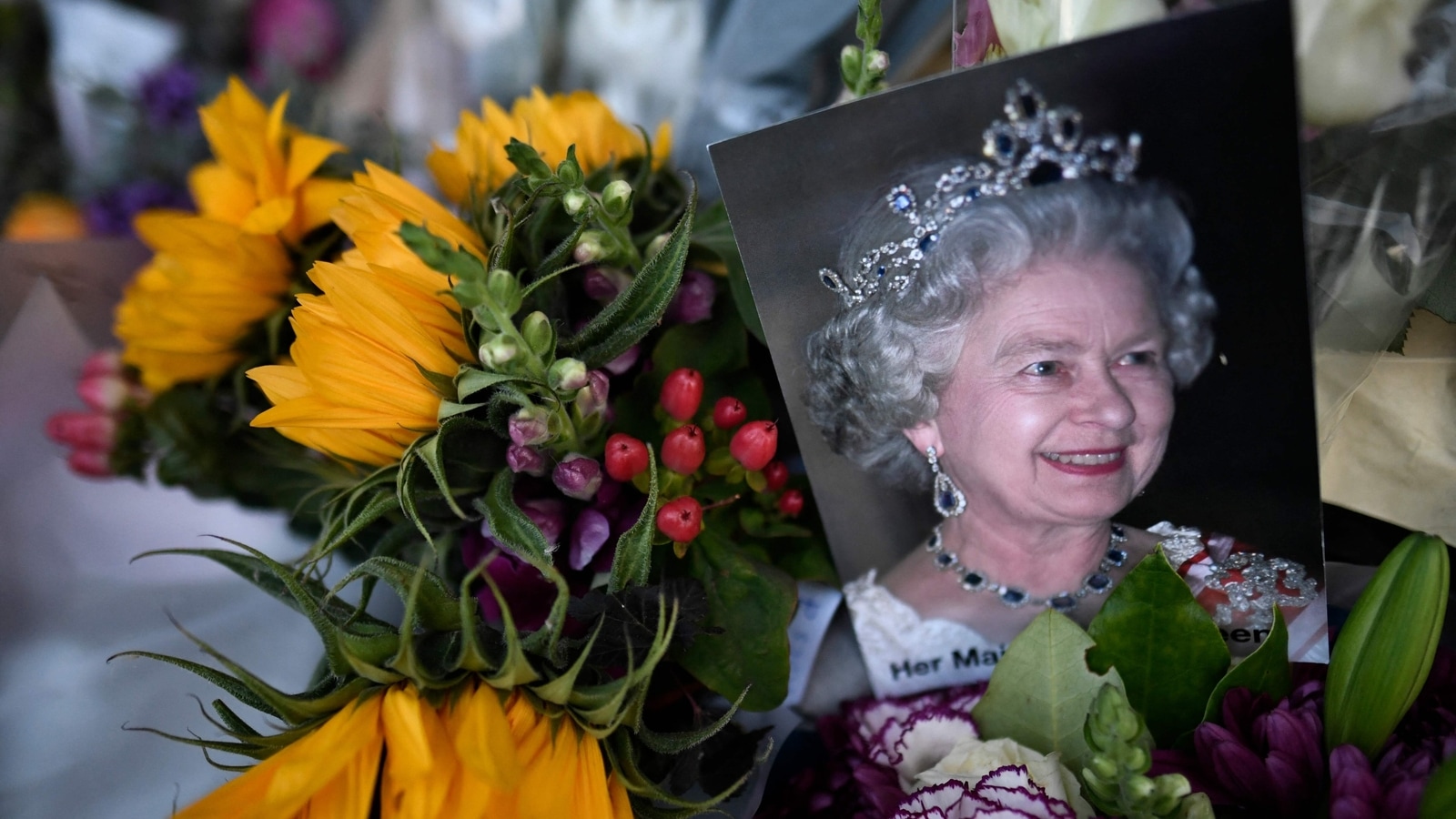 After Queen Elizabeth II's death, who are the world's longest-reigning monarchs? | World News
[ad_1]
After Queen Elizabeth II's death, who are the world's longest-reigning monarchs? | World News
[ad_1]
Following the demise of Britain's Queen Elizabeth II, a new monarch has emerged as the world's longest-serving monarch. Queen Elizabeth II ruled Britain for 70 years and died on Thursday aged 96, after which her eldest son acceded to the throne as King Charles III. Brunei's Hassanal Bolkiah aged 76 - three years older than Charles - is now the longest-reigning monarch in the world having assumed the throne in 1967.
Also Read | Queen Elizabeth II's last hours before her family dashed to deathbed
In Europe too, a new longest-serving monarch has emerged following Queen Elizabeth II's death. The 82-year-old Denmark's Queen Margrethe II - who is also the late Queen's third cousin - now holds the title.
Here's a list of longest-reigning monarchs in order:
1. Brunei's Hassanal Bolkiah
The 76-year-old monarch assumed the throne of the Muslim nation in 1967, which makes his reign a total of 54 years so far. Hailing from a family that has ruled the country for more than 600 years, Bolkiah is also one of the richest people on Earth.
The Sultan's reign has been marked by Brunei receiving full independence from Great Britain in 1984, and the country's living standards rising to become among the highest globally, AFP reported. His reign, however, has also been steeped with controversies, including the introduction of tough Islamic laws legislating punishments such as cutting off limbs and death by stoning.
2. Denmark's Queen Margrethe II
Queen Margrethe II has been hailed for bringing together and modernising the monarchy in 50 years that she has been on the throne. The 82-year-old, chain-smoking Queen came to power in 1972. She became heir presumptive in 1953 - when her father Frederick IX of Denmark was the King - after a constitutional reform in the country allowed women to assume the throne.
Her ascend to the throne came at a time when popularity of royals and monarchy was fading in Denmark. Widowed since 2018, one of the highlights of her efforts to modernise the monarchy was allowing her two sons to marry commoners. Queen Margrethe II is fondly known as Daisy by her subjects and family.
With Queen Elizabet II's death, the Danish Queen is now the only female monarch in the world.
3. Sweden's Carl XVI Gustaf
Much like Queen Elizabeth II, Carl Gustaf XVI ascended the throne at quite a young age (27 to be precise). The King has been an heir apparent when he was less than a year old after his father died in a plane crash. Carl Gustaf XVI assumed the throne after his grandfather passed away in 1973.
In early years of his reign, the King was teased for his several gaffes, including misspelling his own name at a 1973 signing, the AFP report added. Later, however, it was found that the monarch suffered from dyslexia, as do two of his children.
Carl Gustaf XVI's popularity soared via his shows of compassion, with one in 2004 being one of the highlights shortly after 500 Swedes lost their lives in a deadly tsunami that swept across tourist resorts in southeast Asia.
4. eSwatini's Mswati III
Tiny eSwatini, formerly known as Swaziland, is located in southern Africa. King Mswati III is the continent's last absolute monarch, having ascended the throne in 1986 aged 18.
Now 54, Mswati has 15 wives and more than 25 children. His father, the AFP report added, have had at least 70.
[ad_2]



No comments:
Post a Comment